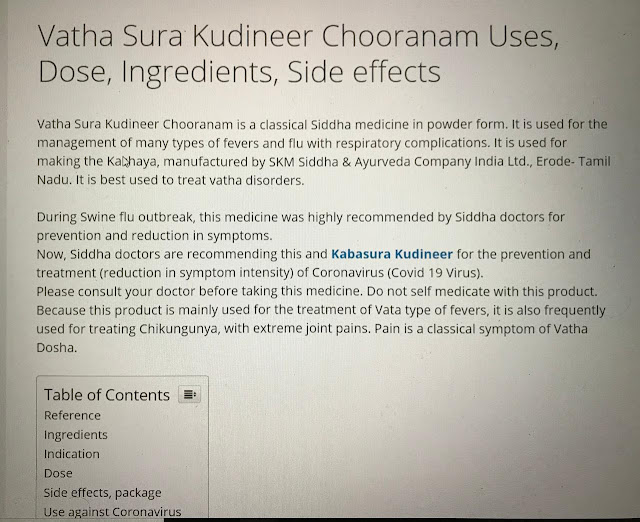Common name: Satawari, Wild Asparagus • Hindi: सतावरी satawari, bojhidan, शतवीर shatavir •Manipuri: নুংগাৰৈ Nunggarei • Marathi: सतावरी मूल Satavari-mul, आसवेल Asvel • Tamil: ஸதாவரீ Sadavari, Tannir-muttan-kizhangu, கிலவரீ Kilavari • Malayalam: ചതവലീ Chatavali, സതവലീ Satavali • Telugu: challa-gaddalu, challagadda, ettavaludutige • Kannada: aheruballi, ashadhi, halarru-makkal • Bengali: সতমুলী Satamuli, সতমূল Satamul • Oriya: ବରୀ Vari • Urdu: ستاور Satawar, شقاقل مسری Shaqaqul misri • Assamese: সতোমূল Satomul • Sanskrit: Abhiru, शतावरी Shatavari, हिरण्यस्रिंगी Hiranyasringi • Mizo: Arkebawk
Botanical name: Asparagus racemosus Family: Asparagaceae (Asparagus family)
Synonyms: Asparagus volubilis
Satawari is a woody climber growing to 1-2 m in height, with leaves like pine needles, small and uniform and the flowers white, in small spikes. It contains adventitious root system with tuberous roots. Stems are climbing, branched, up to 2 m; branches usually distinctly striate-ridged. Leaves are just modified stems, called cladodes. Branches contain spines on them. Inflorescences develope after cladodes, axillary, each a many-flowered raceme or panicle 1-4 cm. Pedicel 1.5-3 mm, slender, articulate at middle. Flowers are white with a pink tinge, 2-3 mm, bell-shaped with 6 petals. Stamens equal, ca. 0.7 mm; anthers yellow, minute. Within India, it is found growing wild in tropical and sub-tropical parts of India including the Andamans; and ascending in the Himalayas up to an altitude of 1500 m. Flowering: October-November. Medicinal uses:  In Ayurvedic medicine, the root of Satavari is used in the form of juice, paste, decoction and powder to treat intrinsic haemorrhage, diarrhoea, piles, hoarseness of voice, cough, arthritis, poisoning, diseases of female genital tract, erysipelas, fever, as aphrodisiac and as rejuvinative. |



Comments
Post a Comment